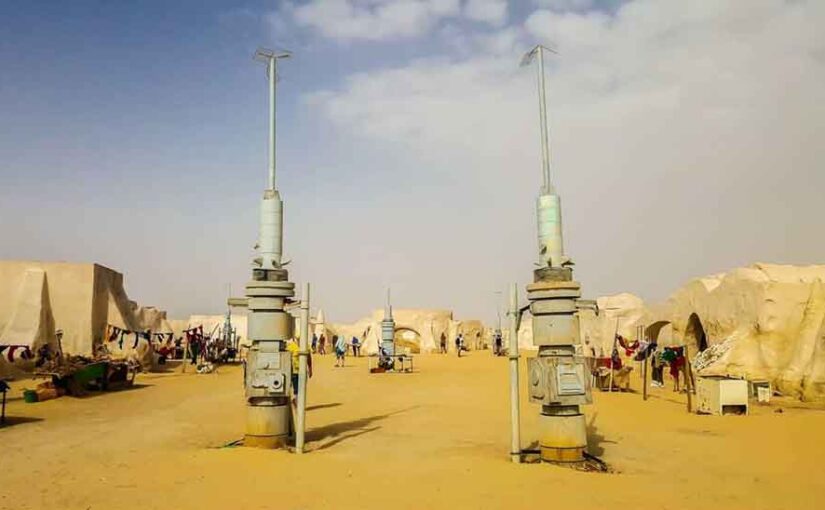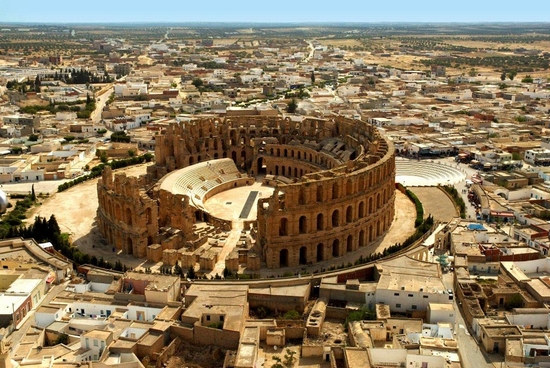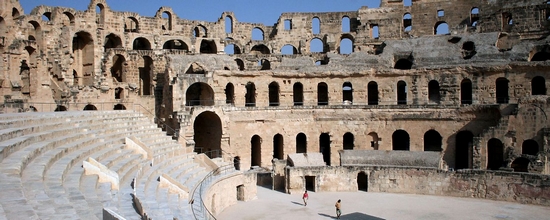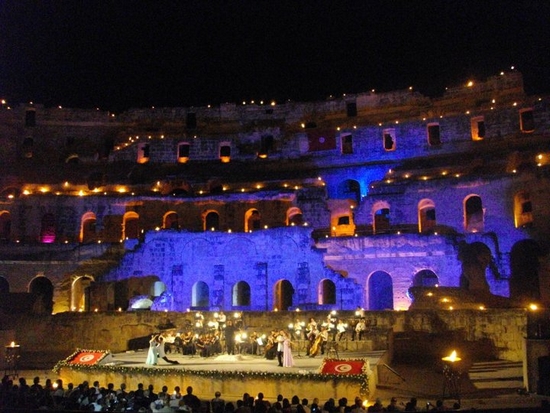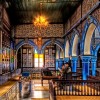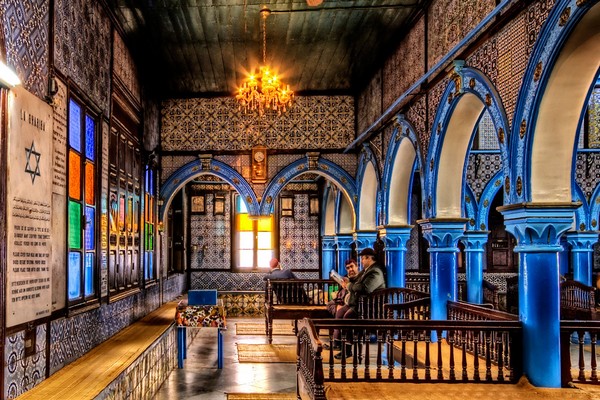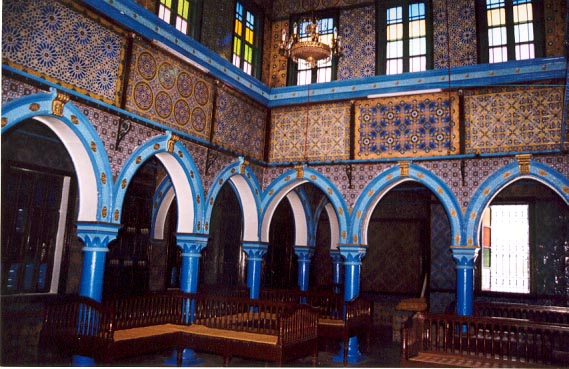Do Tunisia, Star wars and Tataouine have something in common? Well, first, we all know the popularity of Star Wars movies is unmatched. You may not know that numerous scenes have been shot in Tunisia, aka Planet Tatooine. The movies Included in the list are, The Mandalorian (The Gunslinger episode), Return of the Jedi, A New Hope, The Phantom Menace, and Revenge of the Sith, just to name a few.
It takes its name from a town in the south of the country, Tatooine, It appears in many parts of the Star Wars blockbusters. In the Tunisian desert, Star Wars Film sets can be seen still standing nearly forty years after the original movie was released.
There are many beautiful places in the south of Tunisia, including several oases located just near Tozeur and Gabes and Tozeur’s Mides Valley. There are many attractions in the South, but the most famous is the Star Wars film set found in a number of southern governorates. It’s easy to see why it was chosen to host the star wars franchise. It is surprising how well-connected Tunisia is. As a result of the country’s small size, travel between cities is easy.
Where is Tataouine Located?
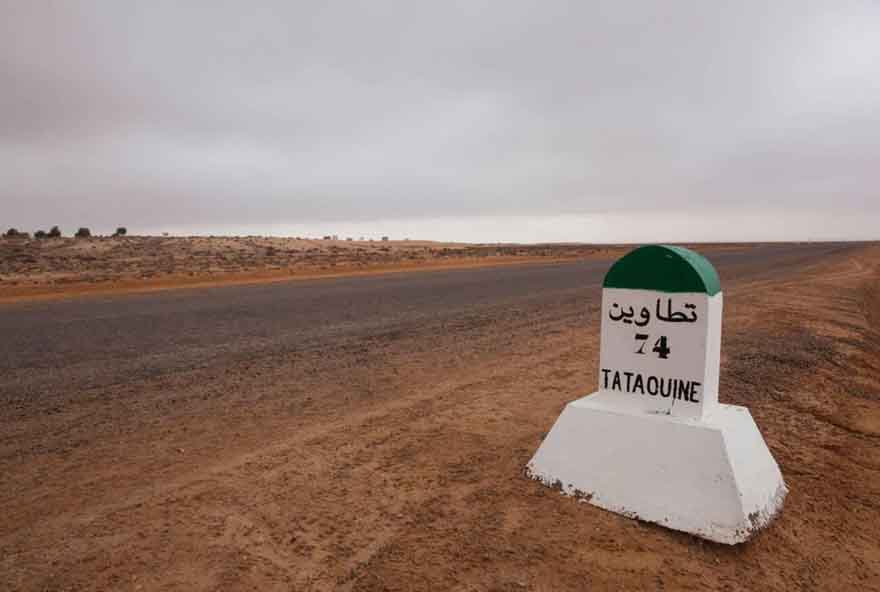
The city of Tataouine is located in the south, in the center of the Tataouine Governorate, it is the capital. In the area around the city, there are cave dwellings of the native Berbers. These were built for the purpose of keeping cool and providing protection, which makes the area an attractive tourist destination. There are several fortified towns nearby with an architecture that exhibits Berber influences, like the Chenini Douriet, which is sought after by tourists.
The History of Tataouine
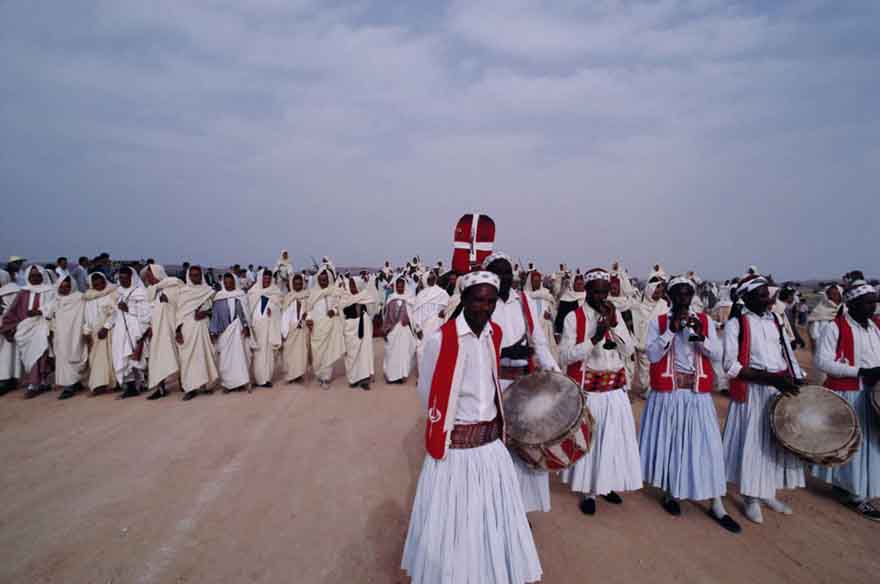
Between 1892 and 1951, the town of Tataouine was the headquarters of a French prison military unit called the African Light Infantry Battalion. In the years following the establishment of Tataouine by the French, a mosque was erected in 1898, then came many residential buildings.
It was confirmed on June 27, 1931, that a green meteorite with unique achondrite features struck Tataouine. Fragments weighing approximately 12 kg were discovered. There is a large amount of enstatite in the meteorite, which is an uncommon type of diogenite.
In the Star Wars film series, Tataouine was inspired by Tatooine, which served as the perfect backdrop for the movie. At the beginning of March 2015, Tataouine was reported to be used by ISIL for military purposes, but the Tunisian government later denied these claims.
In the Star Wars movie franchise, Tatooine is a desert planet. It’s a beige, arid planet that orbits around two binary stars. The planet is populated by humans and other organisms. Star Wars featured the planet for the first time in the original 1977 film, and since then, it has appeared in six Star Wars movies.
It has become the homeworld of the central character Luke Skywalker the Jedi Knight, and his father, Darth Vader (Anakin Skywalker). Obi-Wan Kenobi also lives on this planet under a different name Ben Kenobi. The purpose of this was to monitor Luke’s exile after the events of Order 66 and the dark side’s takeover of Anakin Skywalker. Tatooine’s binary sunset is one of the film series’ most iconic shots.
George Lucas in Tunisia
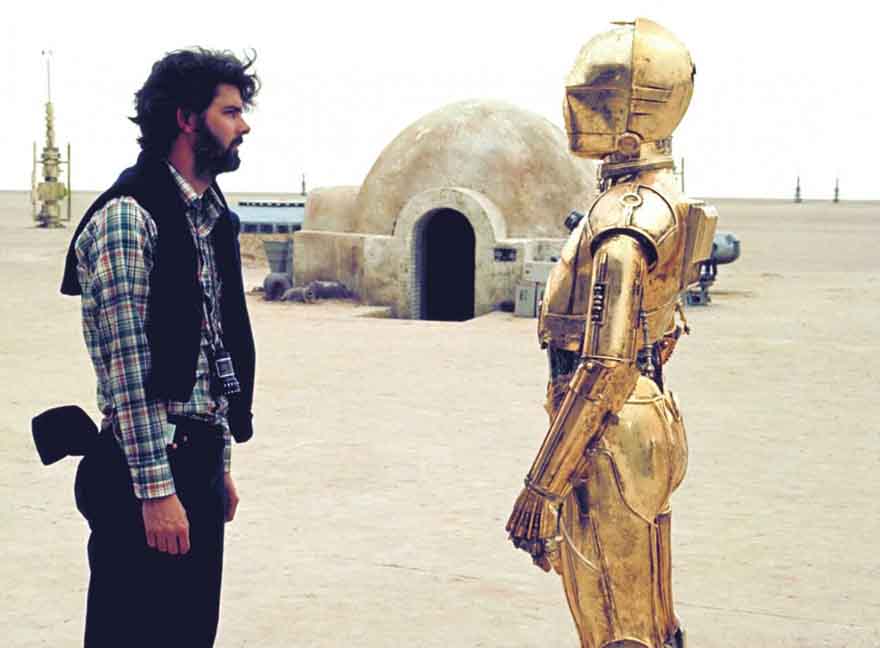
The first time George Lucas visited Tunisia was in 1976. George designed Star Wars planet Tatooine by using Tunisian locations. Upon his return in 1997, he began developing the franchise’s subsequently failed sequels, retaining many of the same personnel as well as some of the original locations. These sets are still in existence and are easily accessible during a short visit to Tunisia. Star Wars is loved by many, but it wasn’t the only movie to be shot here, The Life of Brian and Raiders of the Lost Ark were also filmed in Tunisia.
The Star Wars Series in Tataouine
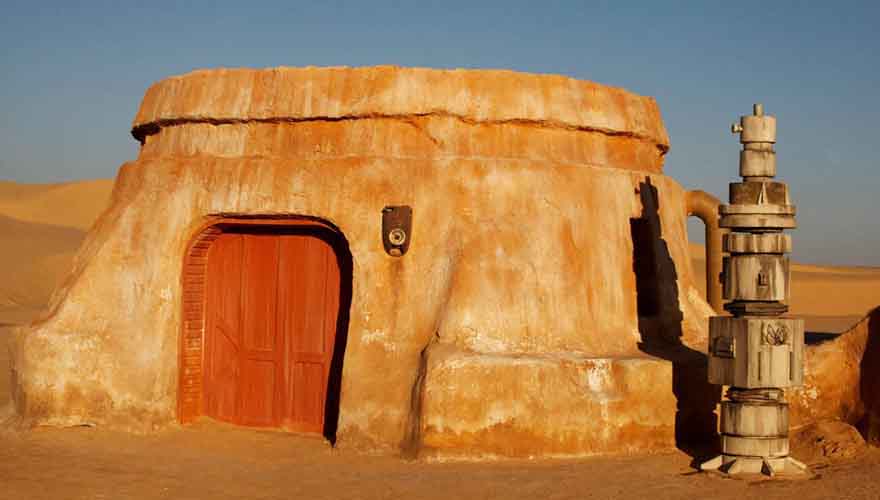
When Lucas first began drafting Star Wars, the planet that Luke calls home was originally called Utapau, however after traveling to Tunisia, the planet was renamed Tatooine
Initiating the genre of space opera, the Star Wars film franchise offers a series of thrilling cosmic adventures, exploring the galaxy’s strangest places on an exploratory quest to find life. While Endor’s jungles are by far the most beloved, along with Kashyyyk swamps, oddly, among the franchise’s die-hard fans, the barren desert-scape of Tatooine is more beloved than any other.
Starting the story that has developed into a media empire, Tatooine was the planet on which Luke Skywalker was found at the start of the original 1977 film, and it has since appeared in five further installments.
Is Tataouine a Good Place for The Star Wars Universe?
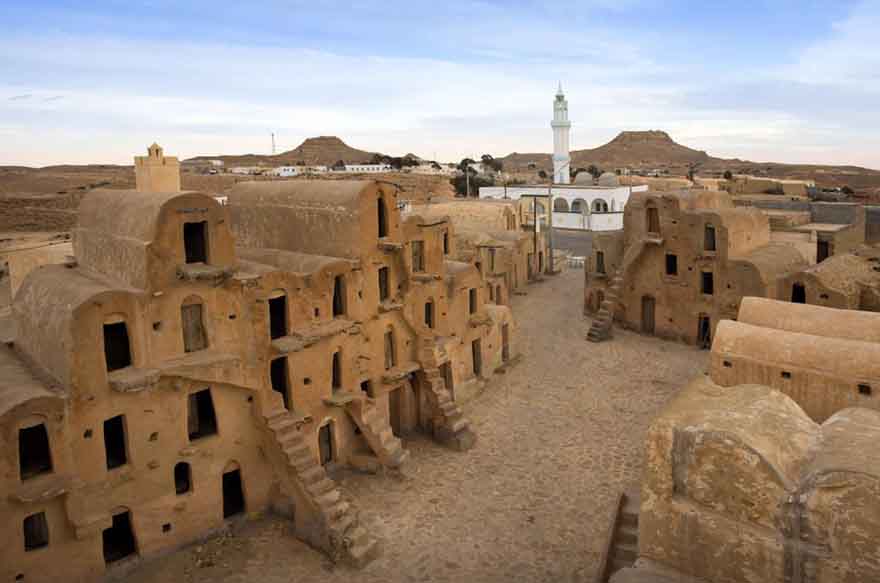
There seems to be no other option better than this place. Although its name is nearly identical to that of George Lucas’ desert planet in the original film, the ancient city’s architecture has more in common with that seen in the franchise.
In addition to beautiful exterior stairs and quirky windows, these famous structures are built from adobe brick, a clay-sand-straw mixture perfectly blending into the desert scene that stretches on forever.
In Tataouine’s surroundings, similar rugged structures can be seen embedded in the terrain, which is in place of mountain ranges, cliffs, or rocky ledges. For example, the beautiful Ksour, a Saharan village fortified with rock walls, is just one of them.
Appearing as if it were an iconic, space-faring location, it makes sense why George Lucas used Tataouine as part of his initial film, bringing hundreds of characters from other worlds to life. The studio’s huge vehicles and props were transported from its rural location to the small town in the 1970s.
Conclusion
Tataouine is important in film history for the Star Wars universe, which cannot be denied.
Many Westerners have grown up with Star Wars, while Tunisians are unaware of the films and are even less aware of the filming sites on their own soil. Locals don’t understand why people from all over the world are drawn to these cardboard buildings in the middle of nowhere. The tourism industry in Tunisia knows how valuable the sights are, making it easy for visitors to see them.

